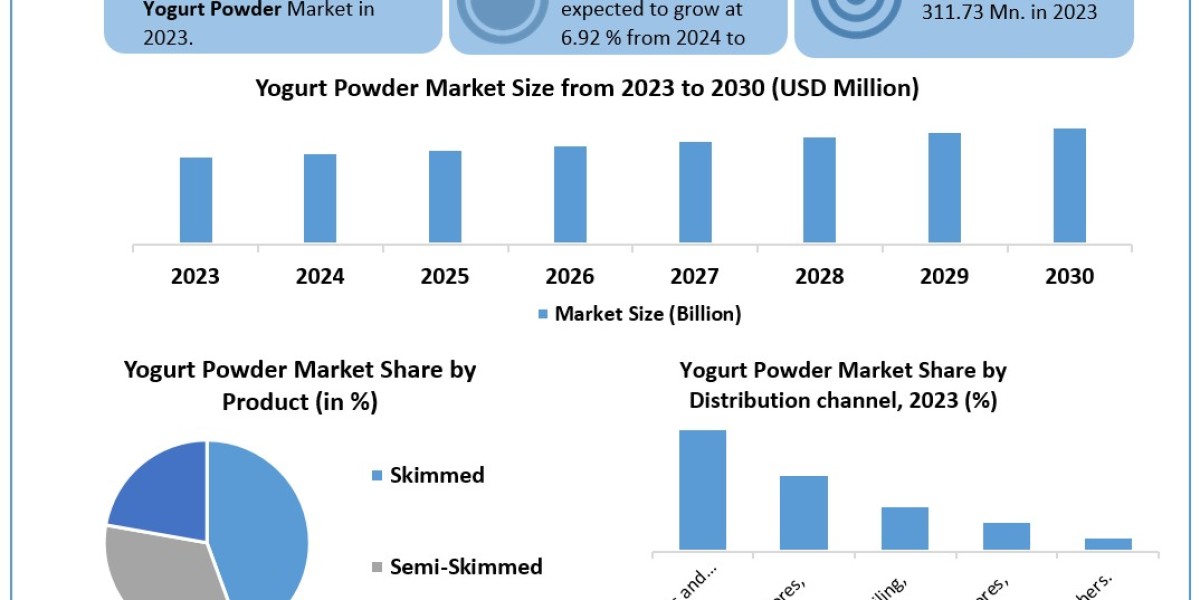In today's rapidly changing business world, effectively using data is critical for success. As organisations strive to position themselves as thought leaders, integrating qualitative and quantitative data analysis into their strategies is crucial. This article explores how these analytical approaches can enhance thought leadership and provide a competitive edge.
Role of qualitative data analysis
- Understanding customer sentiments: Qualitative data analysis allows organisations to dive deeply into customer emotions and preferences. By analysing open-ended feedback, interviews, and social media comments, businesses can gain insights into customer experiences and expectations.
- Identifying trends and patterns: This method helps spot emerging trends that may take time to become apparent through quantitative analysis alone. Understanding these trends can inform strategic decisions and innovation.
- Enhancing content relevance: Thought leadership requires content that resonates with the target audience. Qualitative data analysis ensures that the content addresses customers' real concerns and interests, increasing engagement and trust.
Impact of quantitative data analysis
- Measuring success: Quantitative data analysis provides concrete metrics that help assess strategies' effectiveness. Metrics such as engagement rates, conversion rates, and customer satisfaction scores offer clear indicators of success.
- Data-driven decisions: This approach allows for evidence-based decision-making. By examining numerical data, organisations can make informed choices about resource allocation, marketing strategies, and product development.
- Benchmarking performance: Regular quantitative analysis helps benchmark performance against competitors. Understanding where an organisation stands in the market can guide improvements and highlight areas for growth.
Integrating qualitative and quantitative data
- Comprehensive insights: Combining qualitative and quantitative data analysis provides a holistic market landscape view. Qualitative insights add depth to the quantitative metrics, creating a more nuanced understanding.
- Balanced strategies: By integrating both types of analysis, organisations can develop balanced strategies that are evidence-based and customer-centric. This balance is crucial for effective thought leadership.
- Enhanced predictive capabilities: The integration enhances predictive analytics. Qualitative data can provide context to the patterns identified through quantitative analysis, leading to more accurate forecasting.
Implementing thought leadership strategy
- Content creation: To position themselves as thought leaders, organisations should create thought leadership strategy backed by robust data analysis. Articles, whitepapers, and reports should reflect deep insights from qualitative and quantitative data.
- Stakeholder engagement: Engaging with stakeholders through data-driven discussions fosters trust and credibility. Presenting well-researched insights demonstrates expertise and reinforces the organisation's thought leadership status.
- Continuous improvement: Thought leadership is an ongoing process. Regularly updating strategies based on the latest data ensures that the organisation remains relevant and at the forefront of industry developments.
Conclusion
Embracing qualitative and quantitative data analysis is essential for any organisation to create and maintain thought leadership. They create a comprehensive strategy that drives informed decision-making and continuous improvement. By using these analytical approaches, organisations can enhance their market position and lead with authority and foresight in their respective industries.








